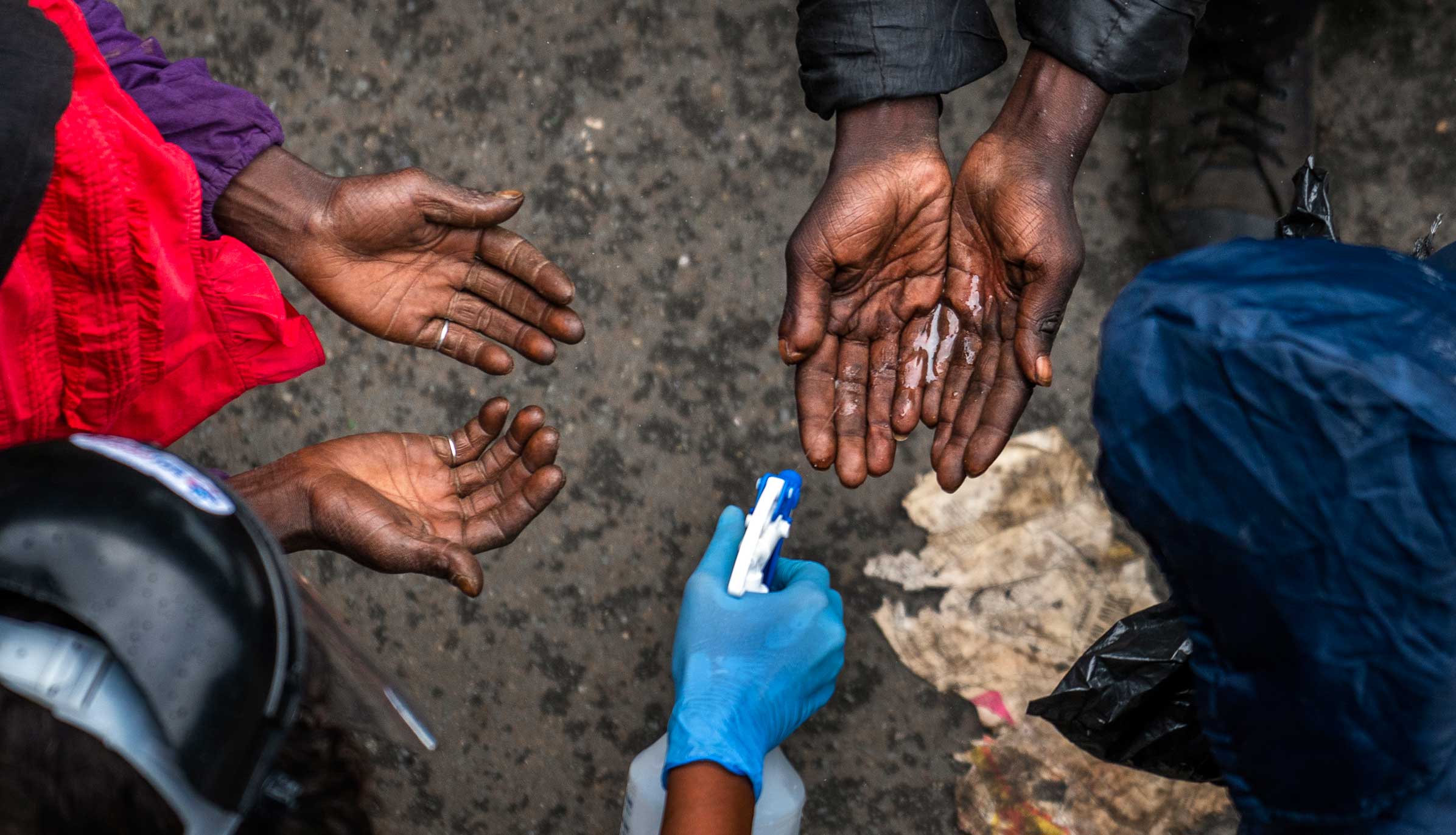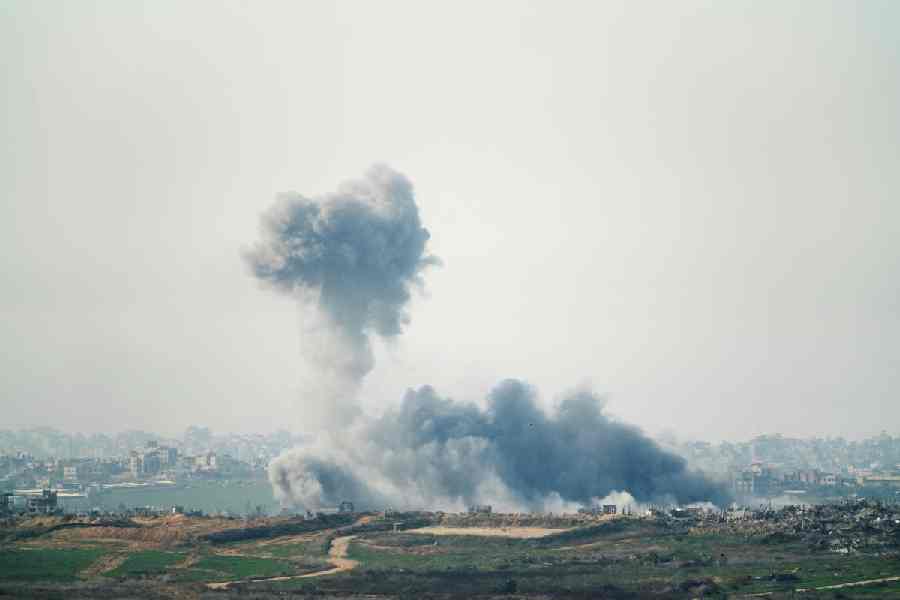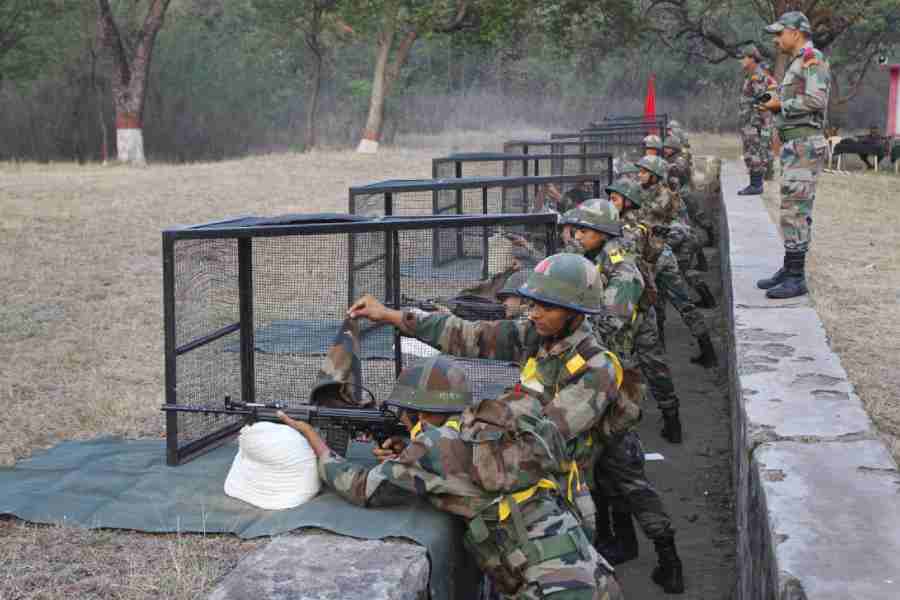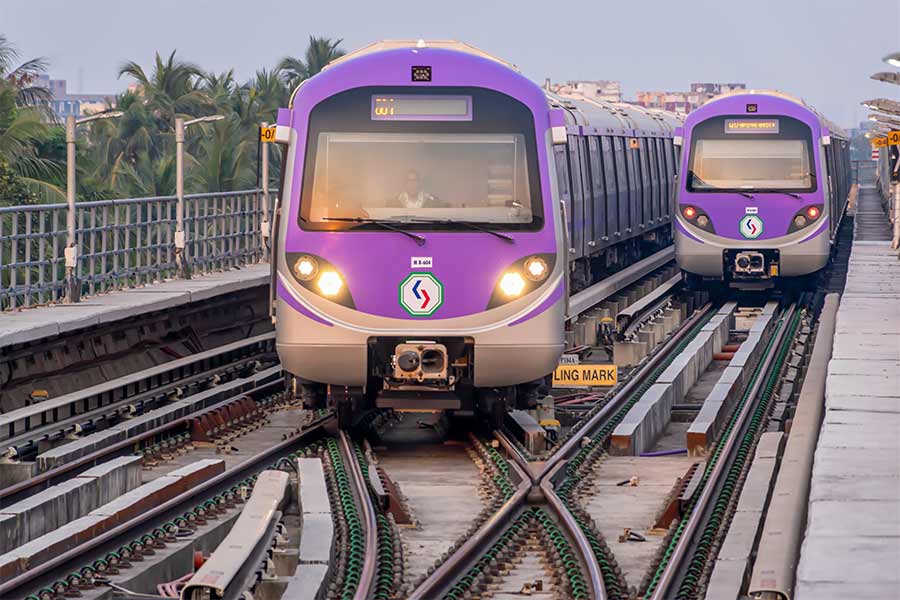The Indian government is examining a strategy to restart economic activities after May 3 under which relaxation of restrictions in specific geographic areas will hinge on both their levels of coronavirus spread and their healthcare readiness.
Senior officials, exploring options to balance the priorities of ending the national lockdown while seeking to minimise the impacts of any resurgence of the virus, are looking at a template from South Africa that outlines a “risk-adjusted strategy” for phased economic recovery.
Sections of doctors and citizens’ groups in both India and South Africa have independently urged their governments to end their national lockdowns, citing their impacts on healthcare and the economy.
India’s lockdown began on March 25, four hours after Prime Minister Narendra Modi had announced it on a televised address. In South Africa, President Cyril Ramaphosa anno-unced on March 23 that the lockdown would begin on March 26. Both countries are expected to adopt slow exits from the lockdown — South Africa from May 1, India from May 3.
Nineteen doctors in South Africa earlier this week wrote a joint letter to Ramaphosa urging an end to the lockdown. “We see greater harm to our healthcare system and our economy by further delaying the inevitable spread of the virus,” they wrote.
The Modi government has received similar pleas.
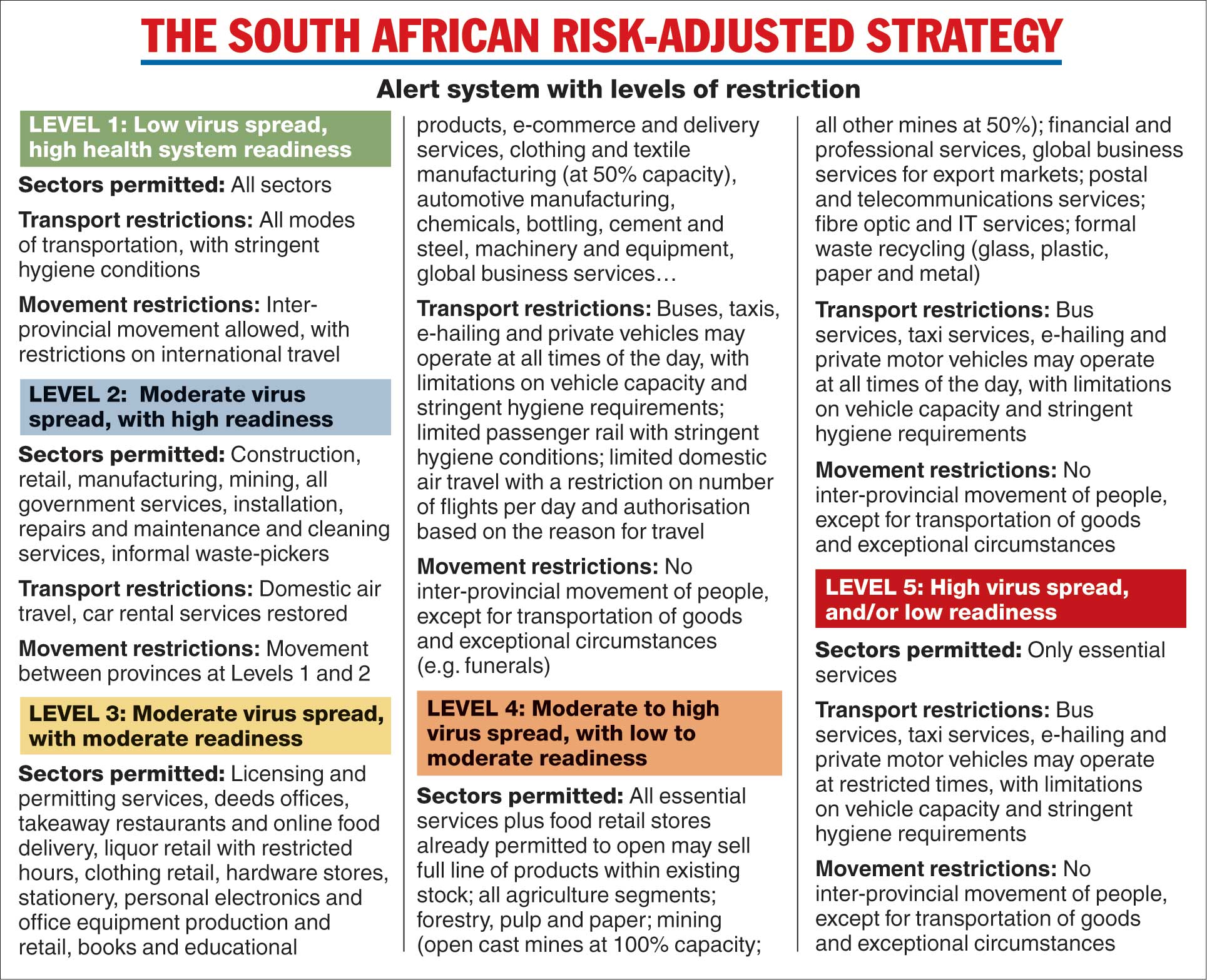
“The experience over the last month shows the lockdown has caused tremendous economic distress, especially for the poor,” the Right To Food Campaign, a non-government group, said on Saturday in a statement titled “no more lockdown”.
The RTFC has cited reports suggesting that at least 270 people have died across the country over the past month from hunger, exhaustion, state violence, suicide or an inability to access healthcare.
But even health experts who concede that India’s lockdown could have been better planned and prepared for have cautioned that an unfettered exit from the lockdown could lead to a punishing resurgence of the infection that could overwhelm hospitals.
While physical distancing and face masks will likely become standard precautions in the post-lockdown period, experts say, South Africa’s risk-adjusted strategy suggests how certain economic sectors could be opened up in specific geographic areas, depending on the virus risk and the area’s preparedness.
“South Africa, like India, is trying to adopt a staged and balanced approach to addressing the priorities of health protection and economic revival as the lockdown ends,” said K. Srinath Reddy, president of the Public Health Foundation of India and member of a national task force set up by the Indian Council of Medical Research to guide the government’s response to Covid-19.
The template has proposed that provinces or districts be labelled into one of five alert levels. At each level, the restrictions on activities would be more or less severe than the next one.
The five alert levels are: low virus spread with high health system readiness, moderate virus spread with high health system readiness, moderate virus spread with moderate health system readiness, moderate to high virus spread with low to moderate health system readiness, and high virus spread with low health system readiness. With each succeeding level, the restrictions will become more severe.
The alert level on each district would depend on the status of the infection there and its readiness to manage Covid-19 patients, measured through hospital beds, including critical care beds, ventilators and healthcare staff.
The five-level alert system has some parallels with the three-tier system into which India’s health ministry has classified the country’s districts. All coronavirus-affected districts are red zones, districts that remain free of the infection for 14 days become orange zones, districts free of the infection are green zones.
The template has proposed creating priority lists for opening up economic sectors depending on their value to the economy, while ensuring that sectors with a “high risk of transmission” are not allowed to resume activity until the risk is reduced.
For instance, cinemas, sit-in restaurants and hotels, sports, cultural events or any other large gatherings will be prohibited.
“The strategy integrates public health, social and economic priorities while giving precedence to health,” said Reddy.
Transport and aviation, recreational or sports activities, hotels, restaurants and tourism are among sectors associated with a high risk of transmission, while wholesale food or clothes retail, real estate and telecommunications carry relatively lower risks of transmission. Financial and professional services carry an even lower risk of transmission.
Industries and businesses will be encouraged to adopt a work-from-home strategy where possible, and all staff who can work remotely must be allowed to do so.
Workers above the age of 60, as well as those with underlying health disorders should be offered the option of working from home.
The template also calls for workplace protocols that will increase surveillance and preventing the spread of infection. This would include people showing respiratory symptoms being asked to stay home. All employers should screen staff daily for Covid-19 symptoms.
All employees should use cloth masks and adopt social distancing.
India’s Covid-19 count on Saturday rose with 1,490 new patients to reach 24,942 confirmed cases, among whom 5,210 have recovered and 779 have died.

